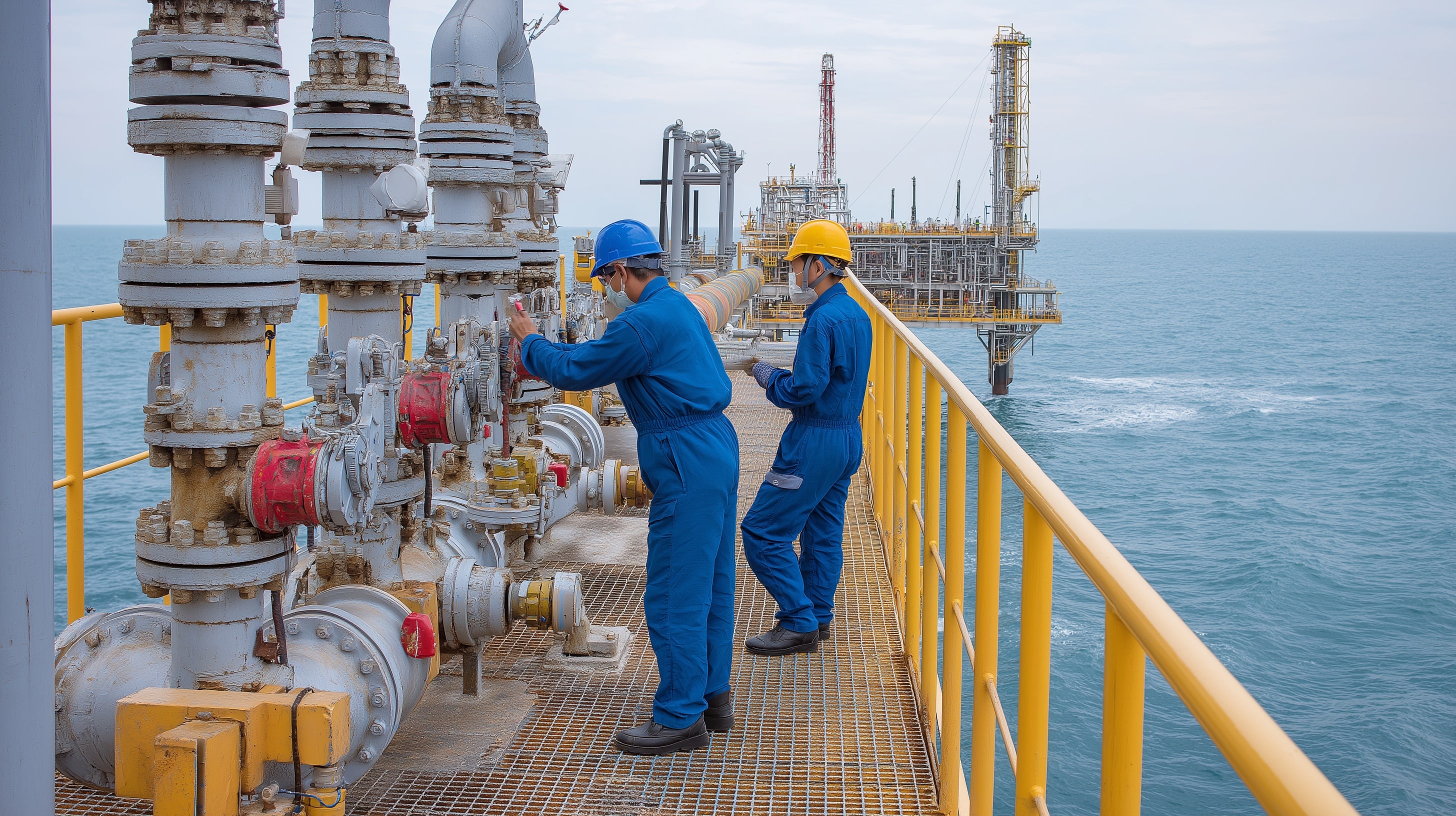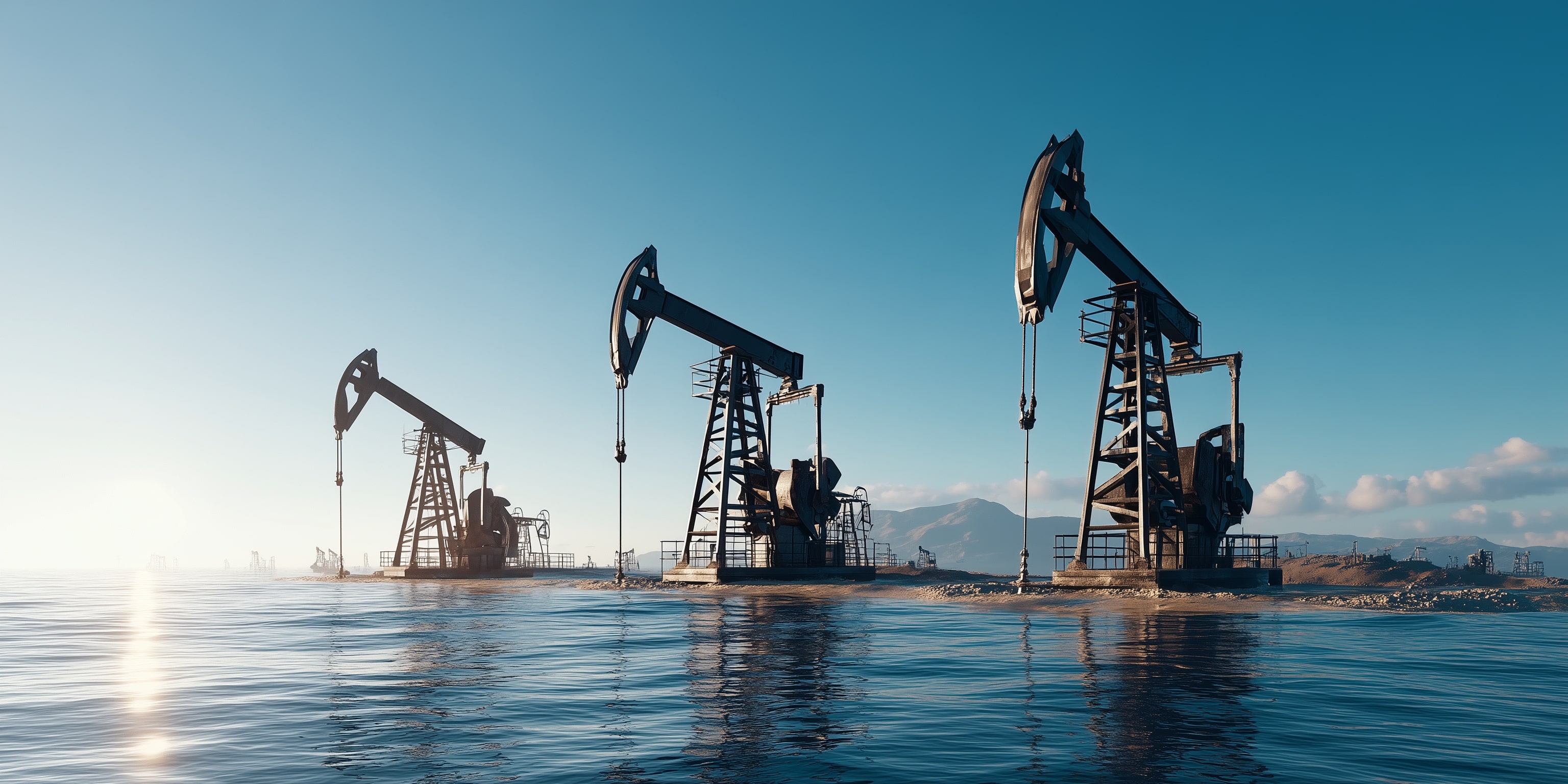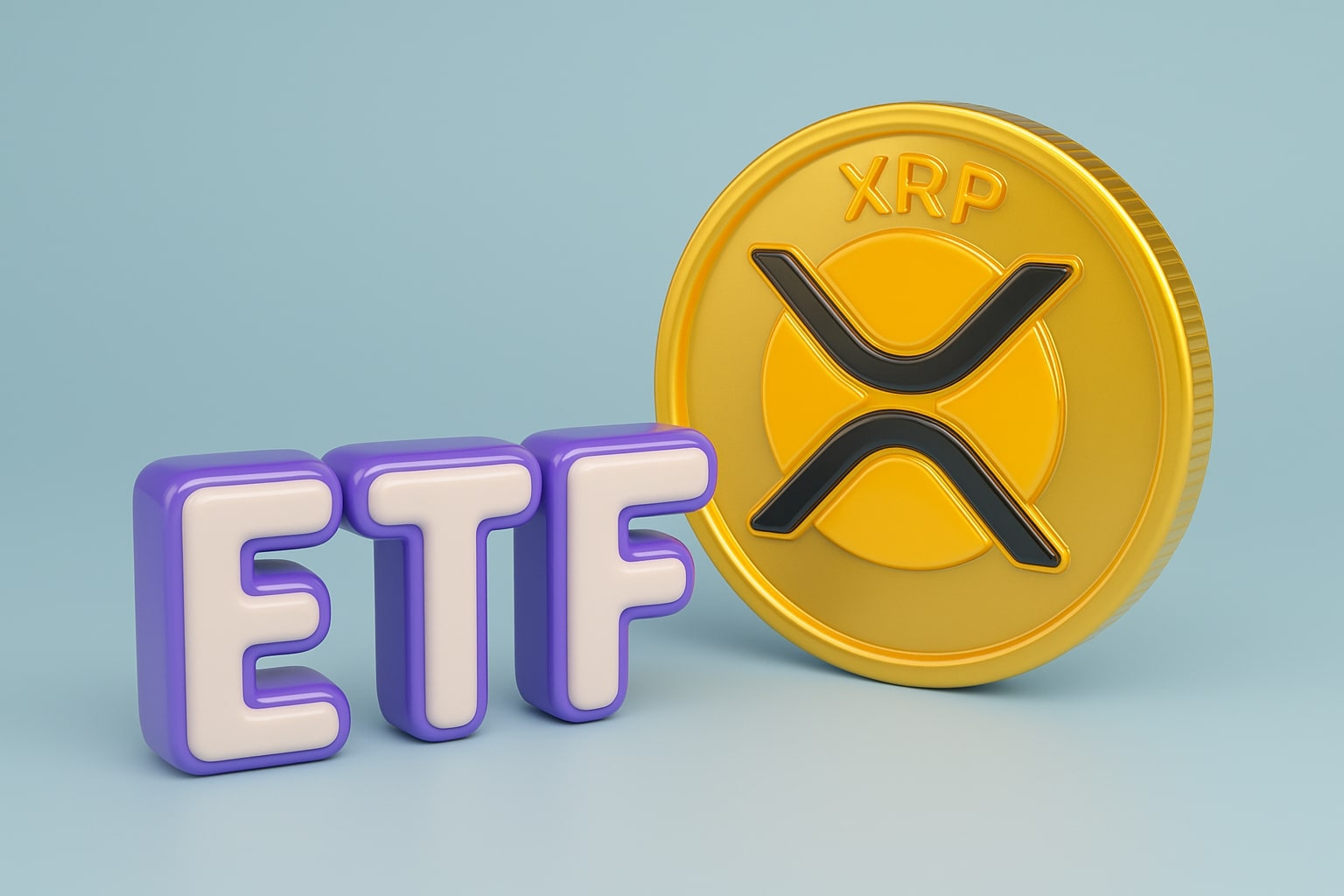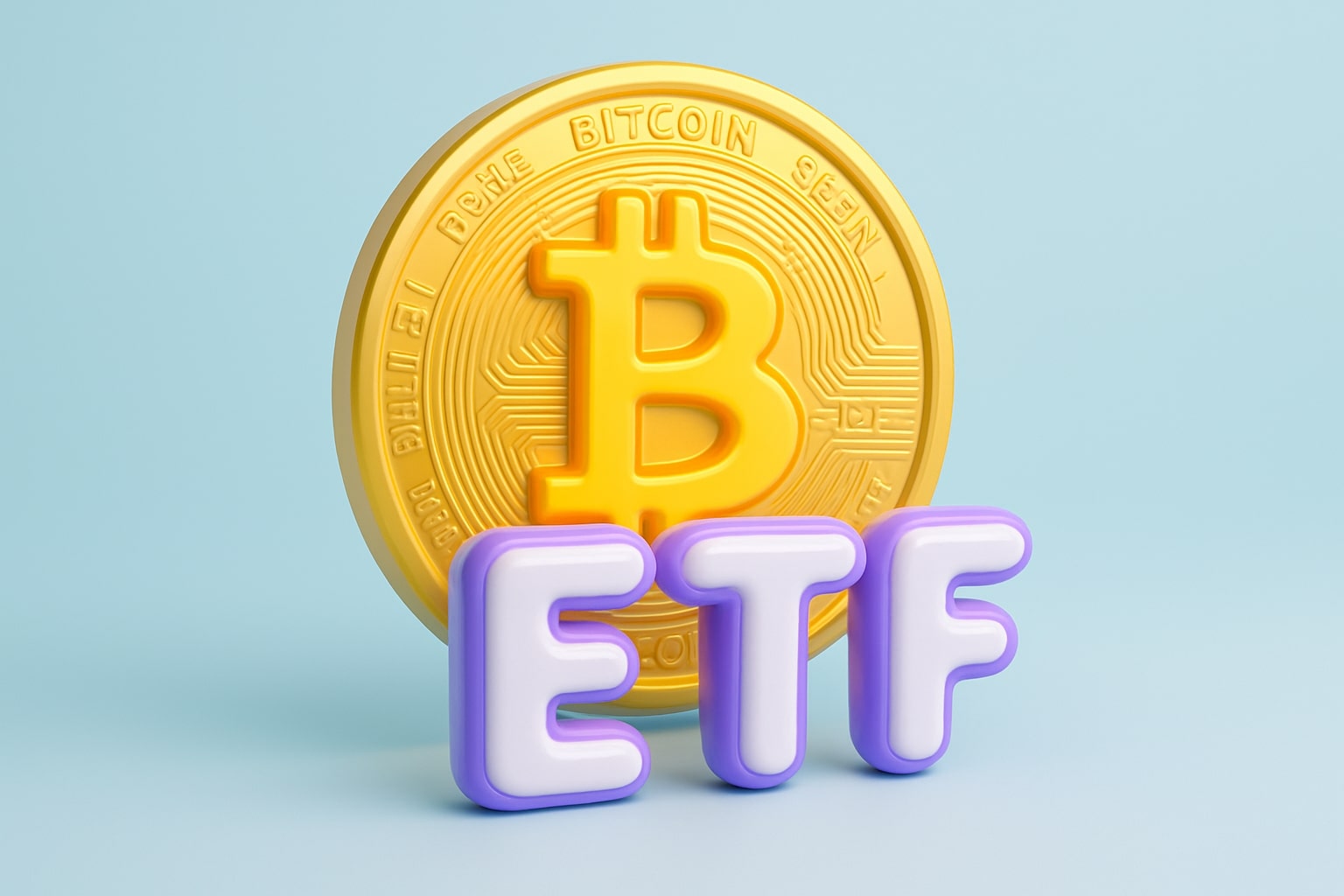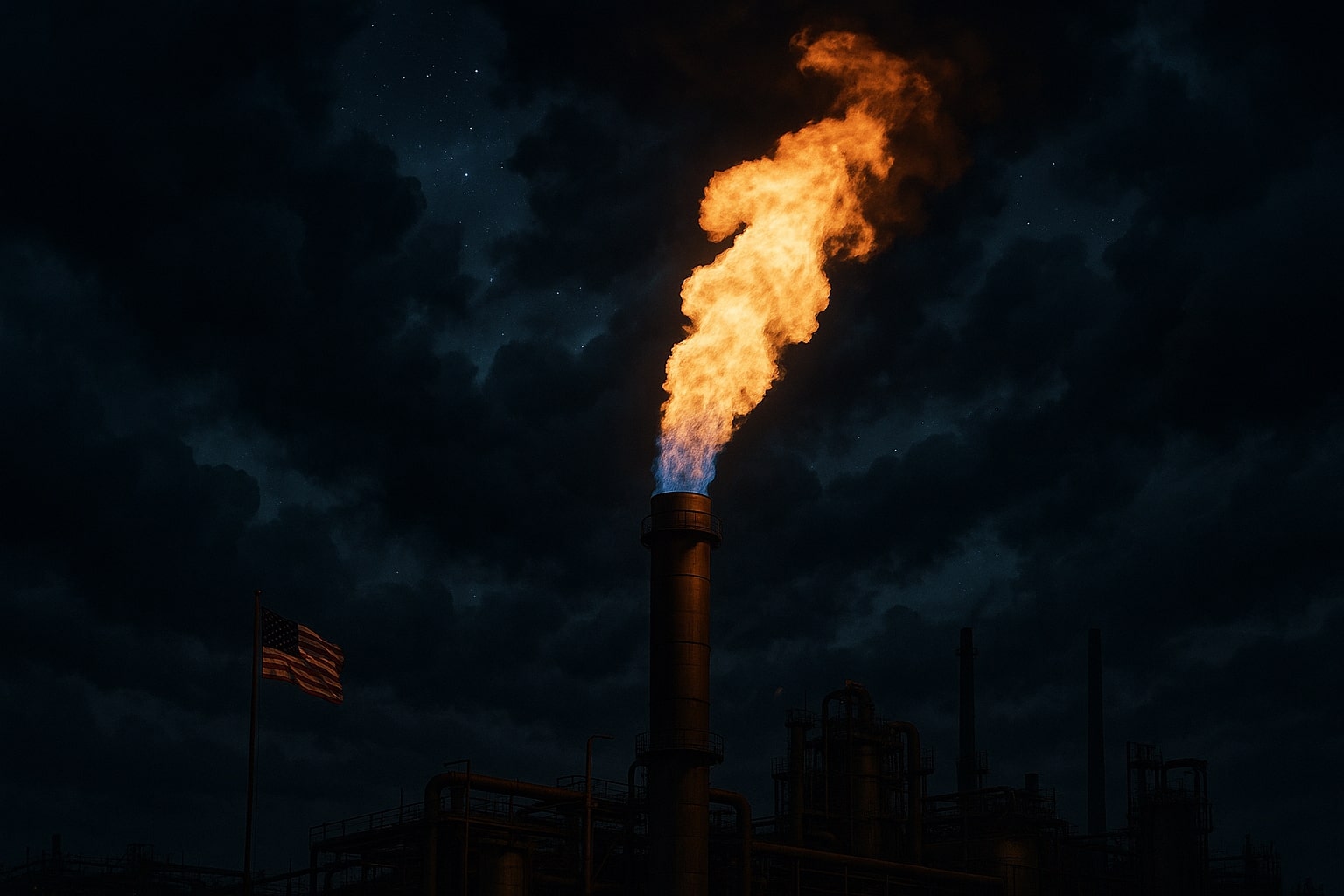
Natural Gas Price (NG=F) Drops to $3.44 as Storage Surplus Narrows and TTF Slips to €31
EIA’s surprise 53 Bcf build trimmed the U.S. surplus to 171 Bcf above the five-year average, while Europe’s 82.5% storage fill and softer Chinese LNG demand pushed TTF down 4.4% weekly to €31.01/MWh — setting key resistance at $3.49 for NG=F | That's TraidngNEWS
Natural Gas (NG=F) Slides to $3.44 After EIA Reports 53 Bcf Storage Build
Read More
-
PFFA ETF Nears $21.50 as Rate Cuts and 9.49% Yield Spark Renewed Demand
29.11.2025 · TradingNEWS ArchiveStocks
-
XRPI and XRPR ETFs Ignite Ripple’s Institutional Rally as Inflows Near $1B and XRP Holds $2.20
29.11.2025 · TradingNEWS ArchiveCrypto
-
Natural Gas Price Forecast - NG=F Blasts to $4.85 as Demand Surge Fuel Multi-Month Breakout
29.11.2025 · TradingNEWS ArchiveCommodities
-
USD/JPY Price Forecast - Yen to Dollar Slides to 156.10 as Yen Strengthens on Fed Cut Expectations
29.11.2025 · TradingNEWS ArchiveForex
Geopolitical Pressures Add Hidden Volatility
While spot prices remain steady, underlying risks remain elevated. The G7 has moved to tighten sanctions on Russian crude and LNG trade, targeting entities that circumvent price caps. In parallel, the U.S. announced intelligence-sharing to aid Ukraine in striking Russian energy infrastructure, including pipelines and refineries. Although no major disruptions have occurred, traders are closely watching for retaliatory measures that could alter LNG trade flows or pipeline shipments into Europe.
Comparative Pricing Across Hubs
On October 2, North American spot hubs showed wide divergence: Northwest Sumas gas rose $0.91, Alliance (APC) increased $0.55, while Transwestern West Texas collapsed -6.595, reflecting pipeline maintenance and bottlenecks. By comparison, European benchmark TTF held at €31.04/MWh, equivalent to $9.95/MMBtu, while NG=F traded at $3.44/MMBtu, underscoring the transatlantic spread that continues to incentivize U.S. LNG exports.
Short-Term Outlook for NG=F
Market sentiment remains split. Some traders see the constructive ascending channel as a bullish base that could extend gains toward $3.70–$3.85, especially if winter forecasts trend colder. Others warn that seasonally light demand, ongoing refinery maintenance, and record U.S. production will cap rallies. The JPMorgan commodity desk projects a Q4 surplus, citing global refinery slowdowns and higher OPEC+ oil output weighing on correlated energy sentiment. Still, the EIA’s smaller-than-expected storage build shows U.S. demand remains resilient, keeping the bullish case alive if support levels at $3.31–$3.40 continue to hold.














